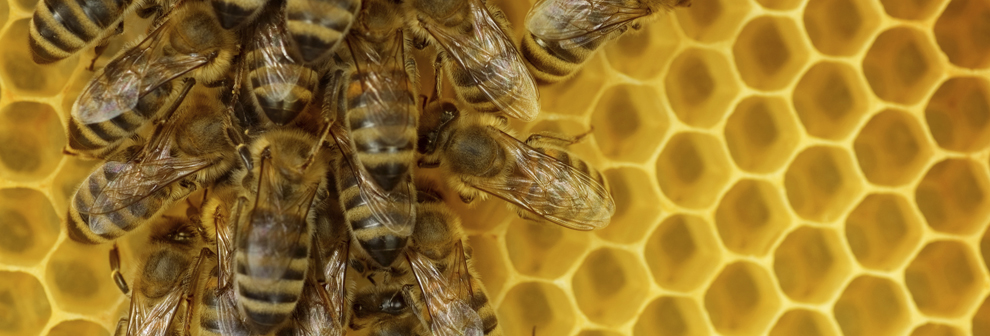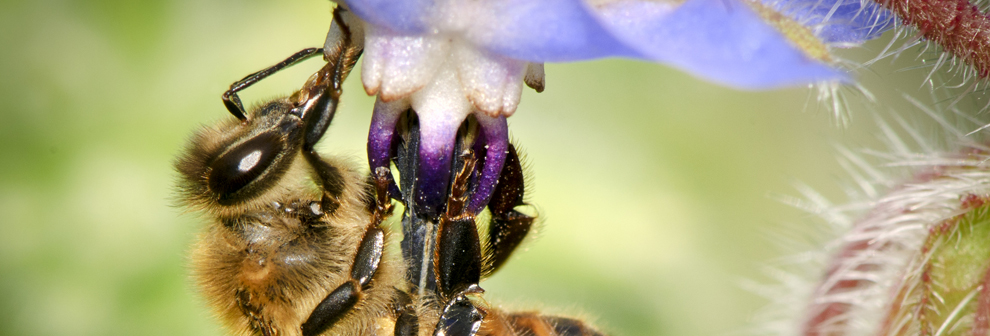Identification
The ground nesting yellow jacket is distributed over the eastern half of the United States, with a very strong presence in greater Atlanta. Workers are slightly smaller than most yellow jackets, but colony size can number around 5,000 or more individuals. The nest of the eastern yellow jacket is dark tan, made of partially decomposed wood and is quite brittle. The Eastern yellow jackets will nest in wall voids.
Most yellow jackets have very slightly barbed stingers but the sting will not set in a person’s skin like the barbed stinger of the honey bee. The stinger of a yellow jacket will remain when the insect is slapped off.
Damage They Cause
Yellow jackets do not cause too much damage to homes and properties. Most problems occur because of general phobias people have of being stung. Another concern is an allergic reaction; a single sting may result in a serious reaction to those allergic to bee venom, requiring medical treatment.
Problems with yellow jackets occur mainly when:
- Humans or pets step on or disturb a colony entrance.
- A colony has infested a wall void or attic and has either chewed through the wall into the house or the entrance hole is located in a place that threatens Georgia residence as they enter or leave the building.
- A nest is in a rotten wood retaining wall that needs to be replaced and is attacking the construction workers or Atlanta area hardscape contractors.
- Worker yellow jackets are no longer feeding on other insects and larvae in the late Atlanta summer months, and they go searching for nectar finding ripe fruit, beer, soft drinks and sweets at picnics, recreation areas, and other human gatherings.


